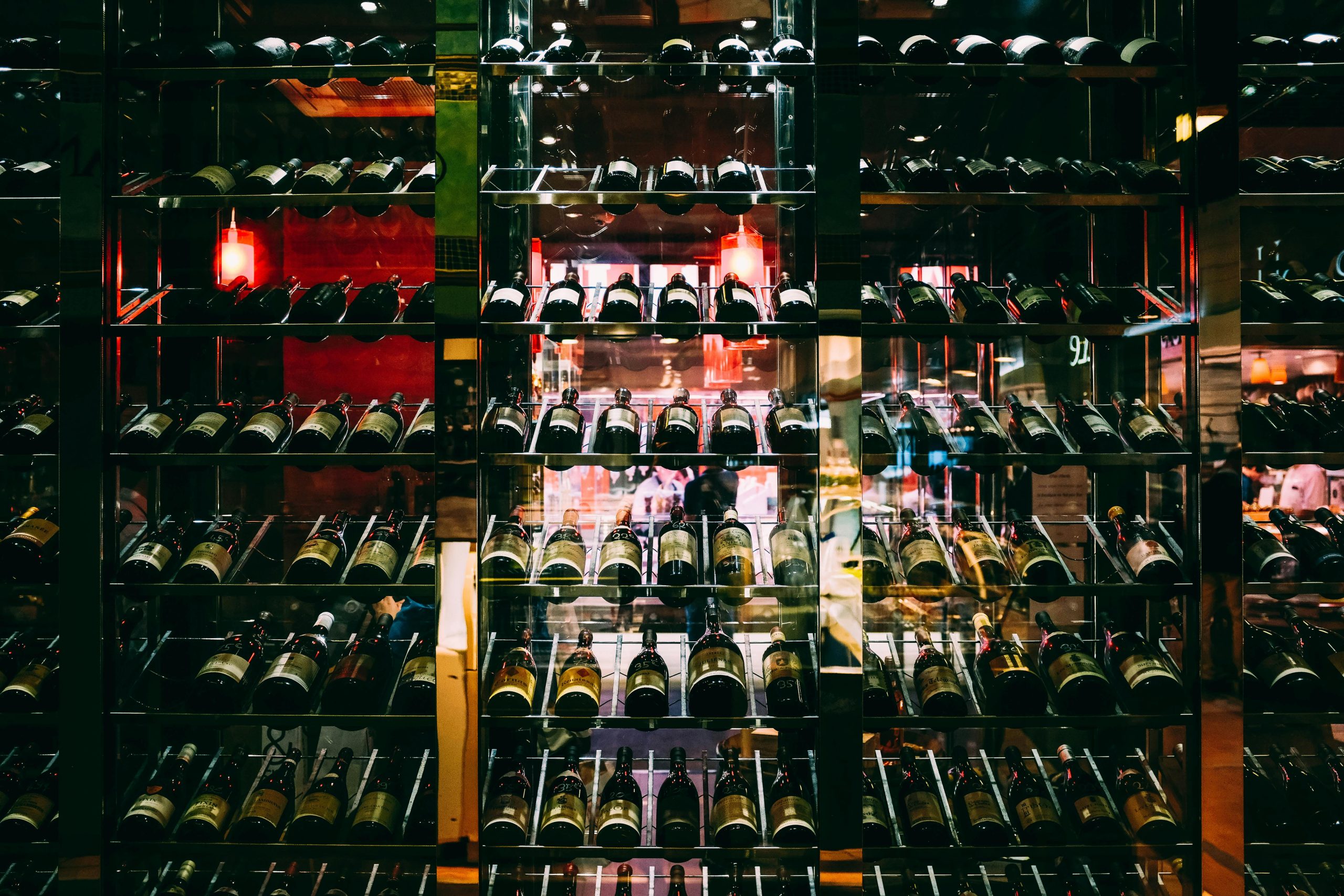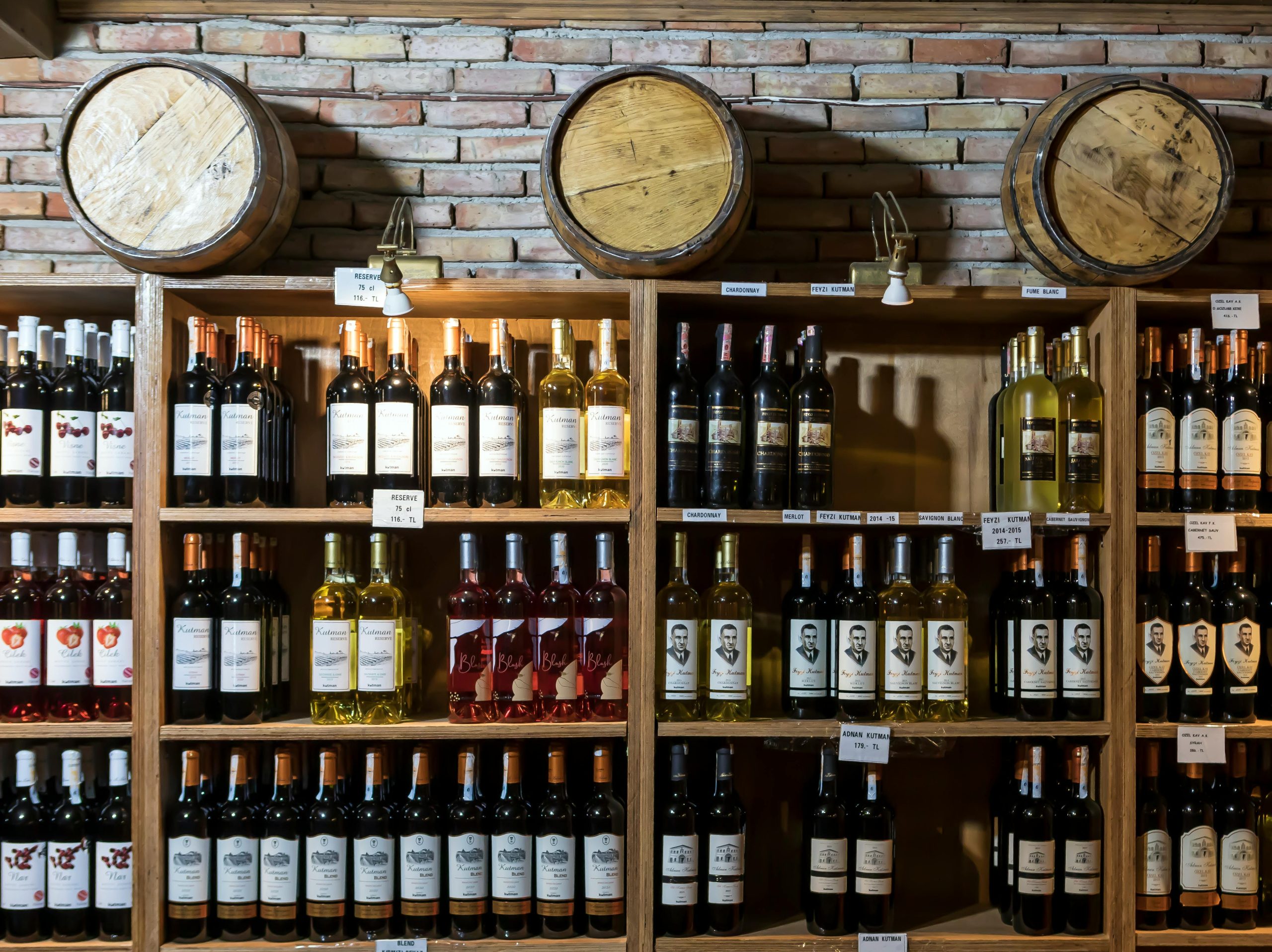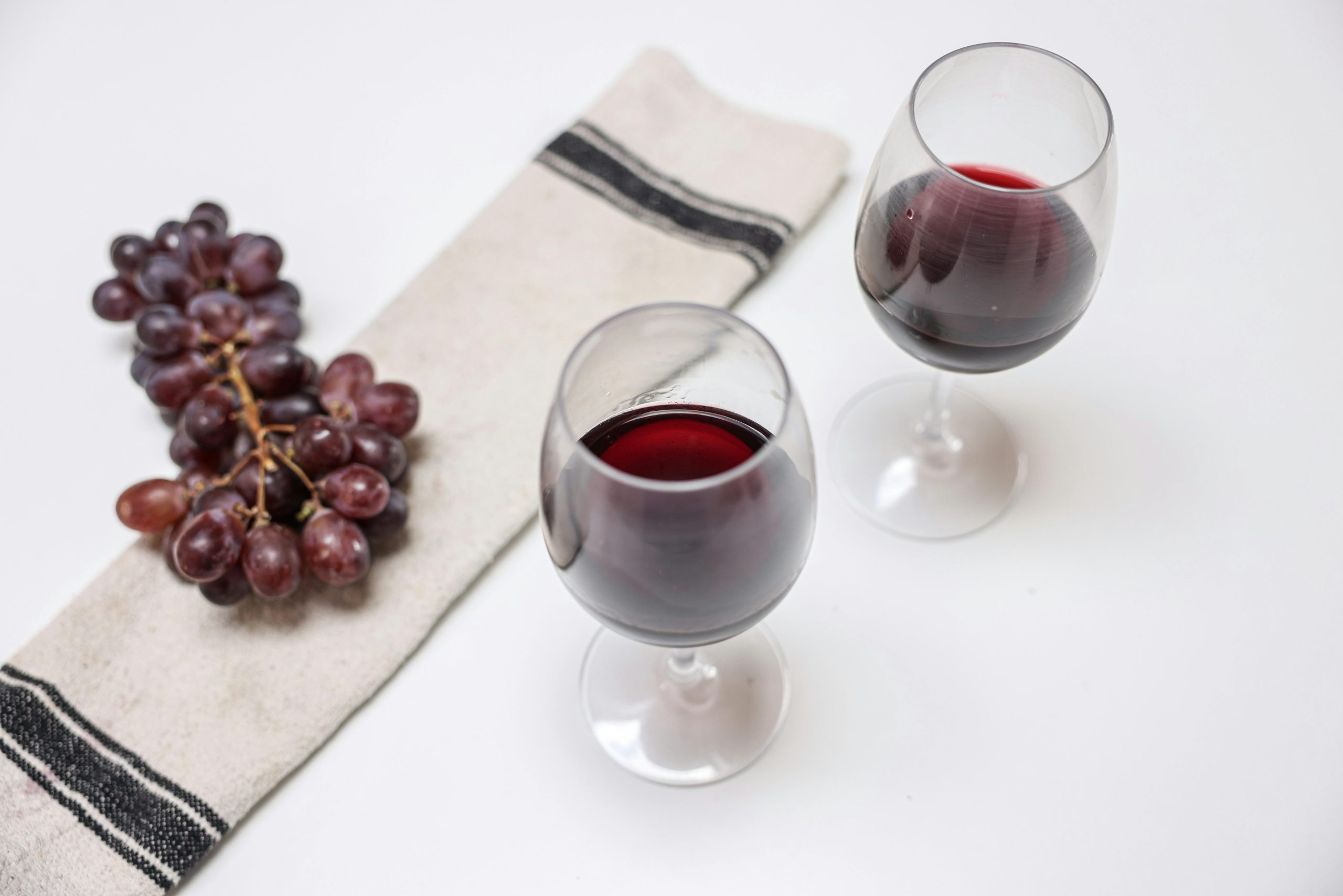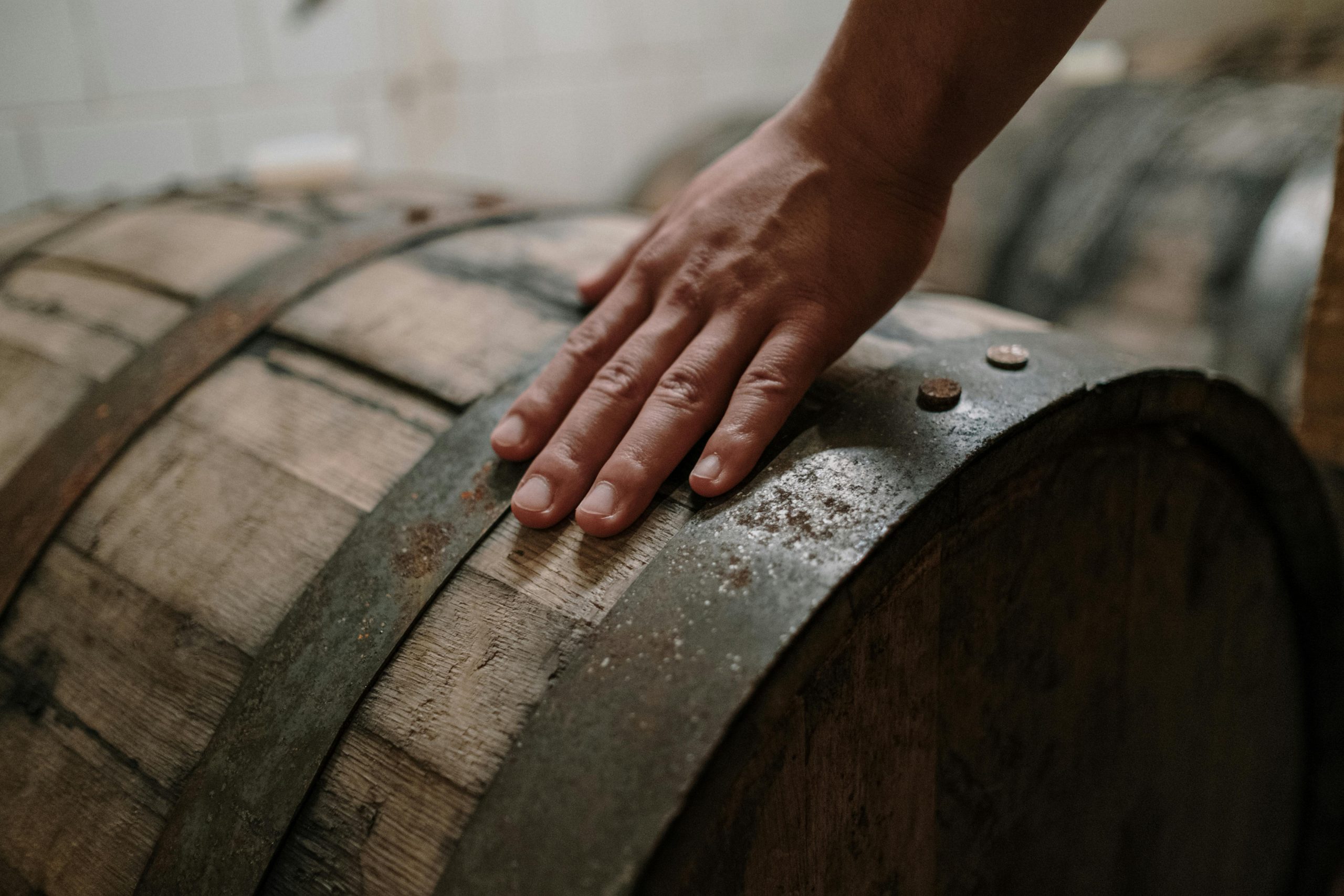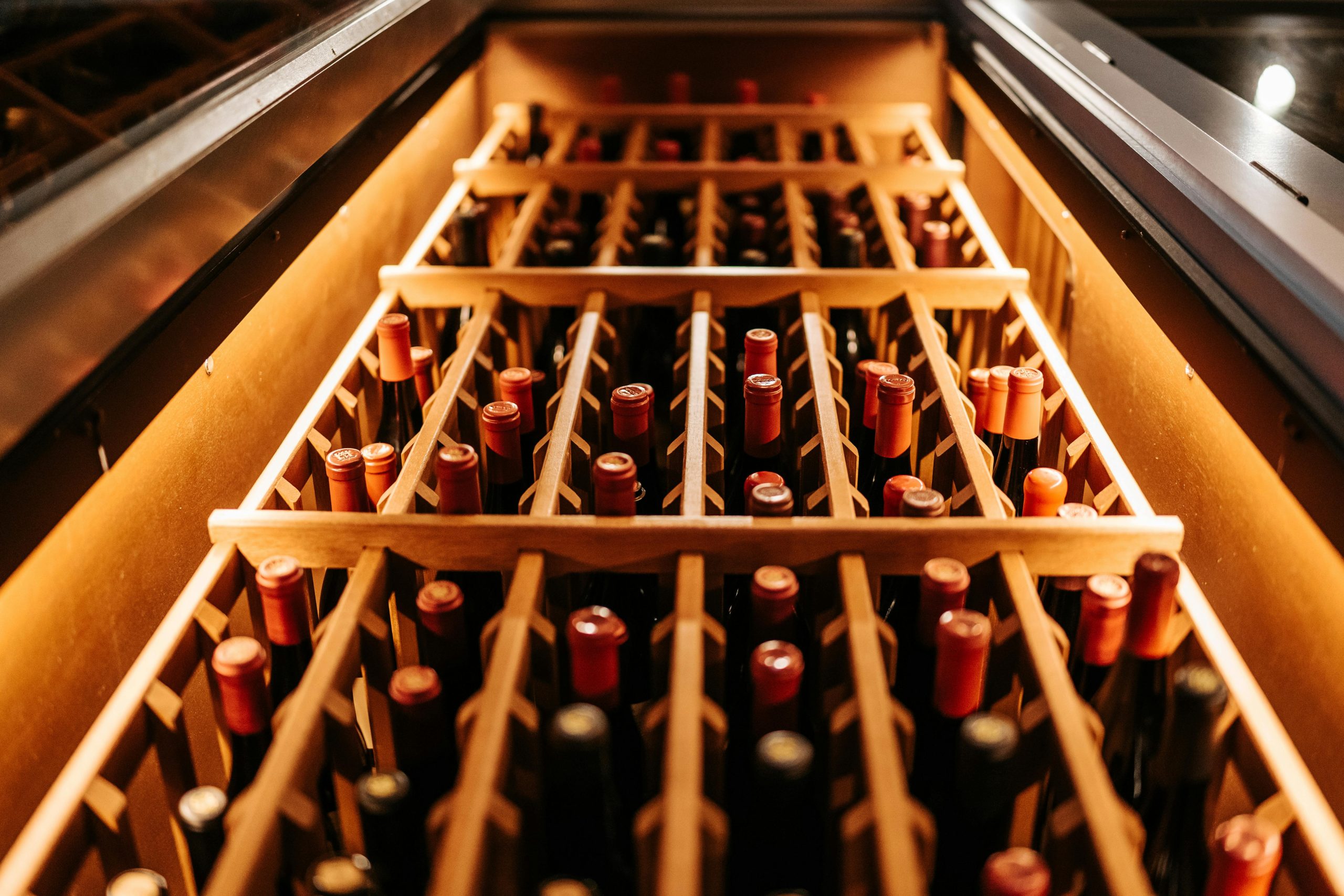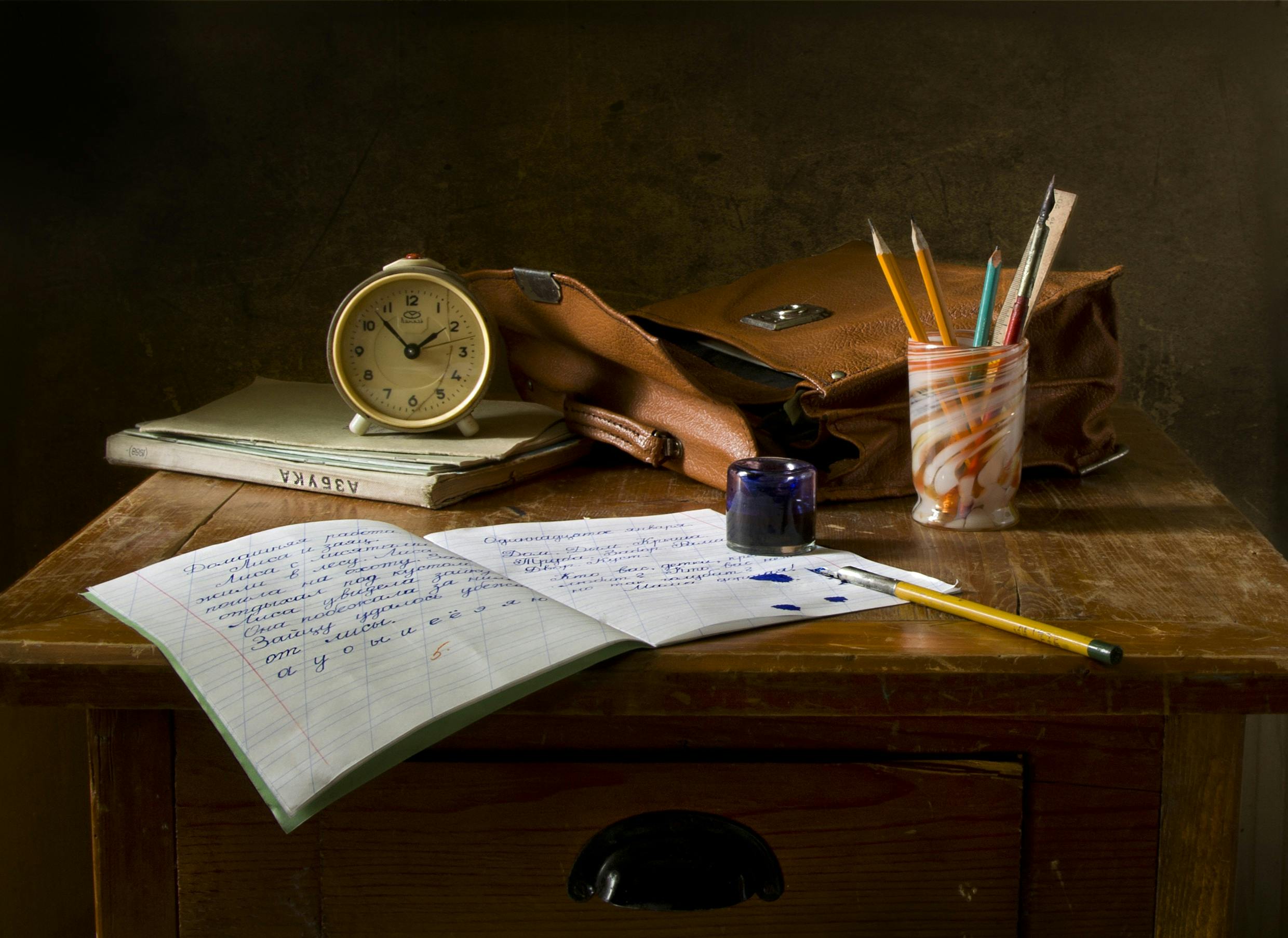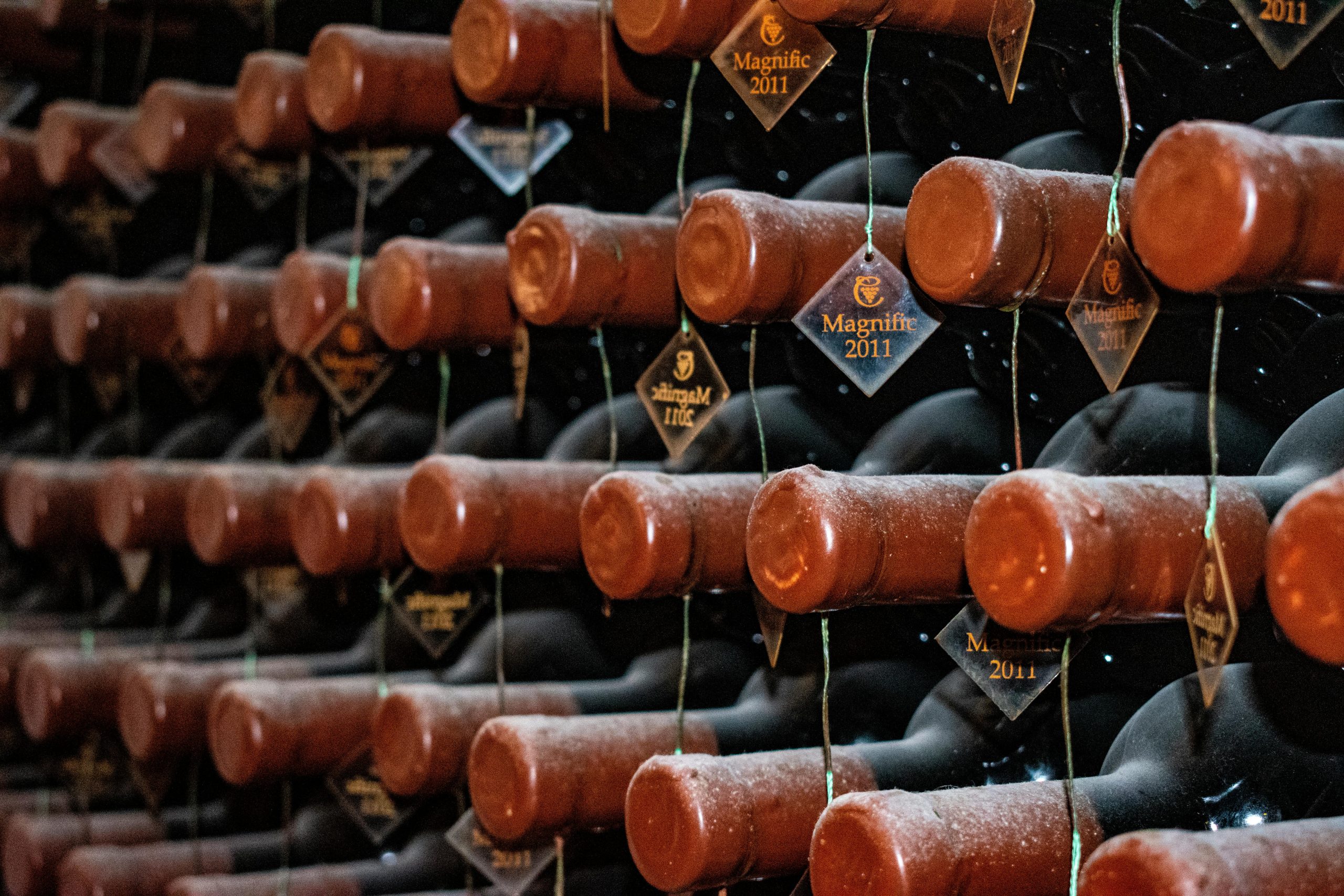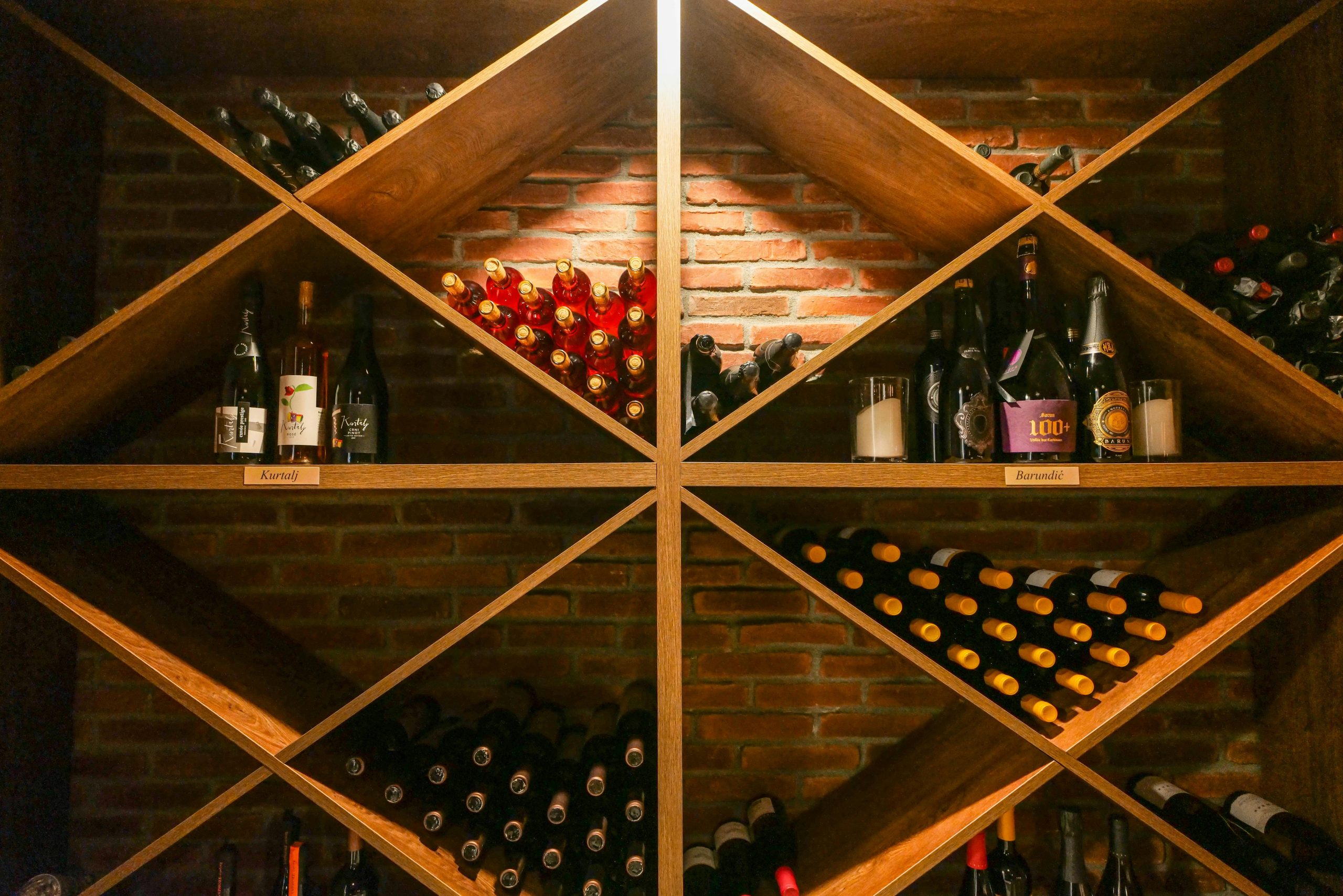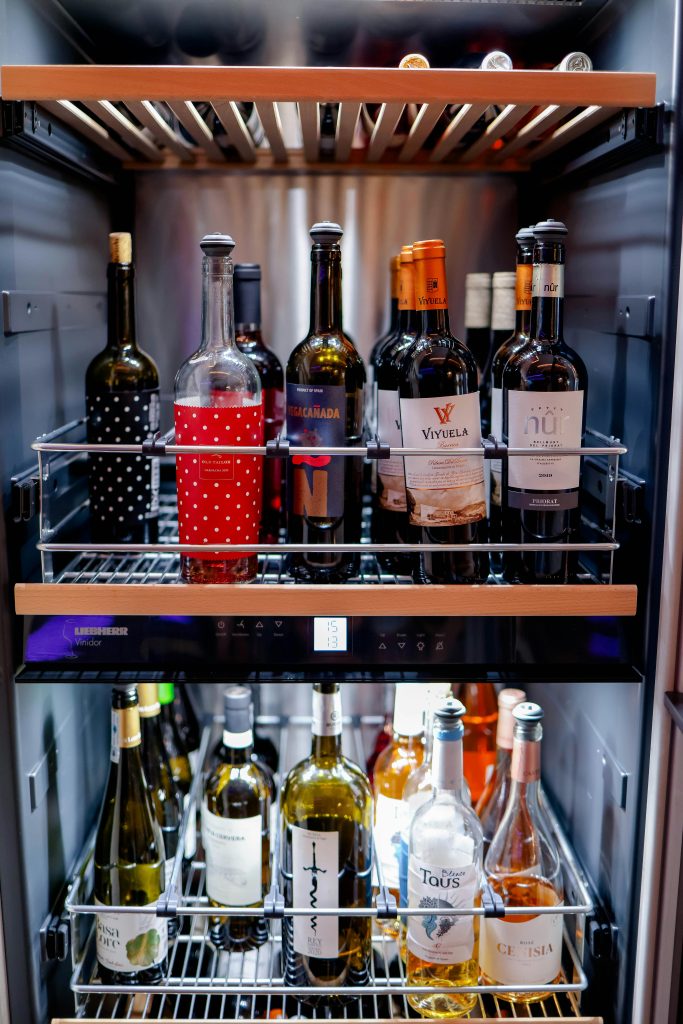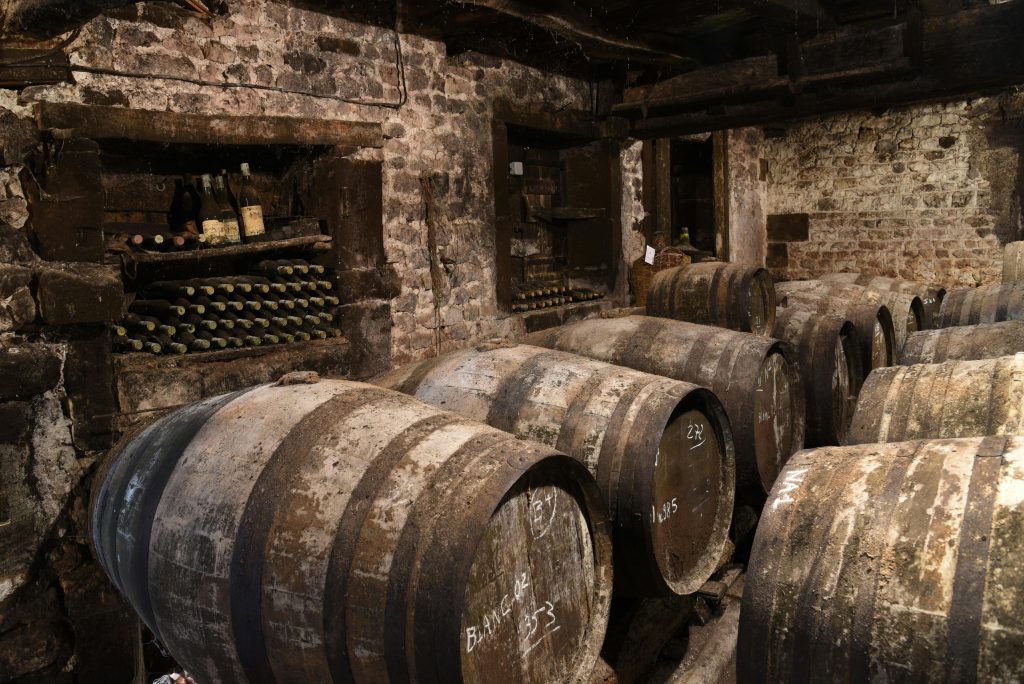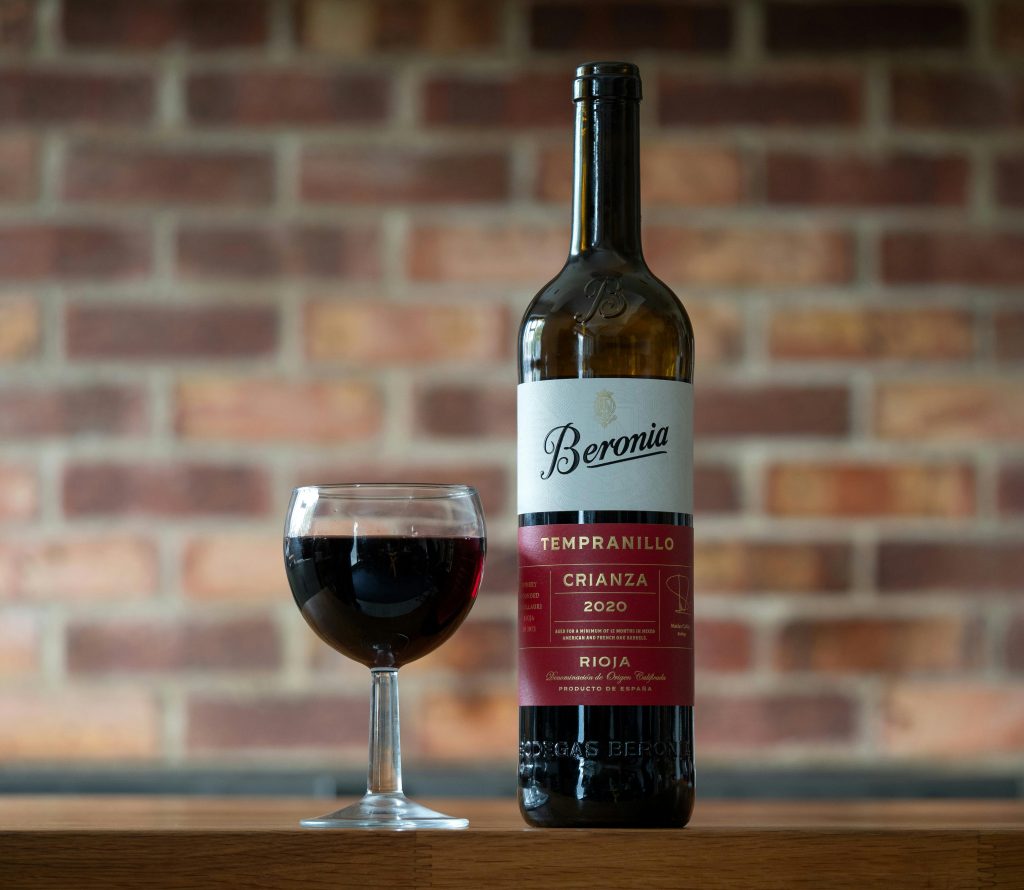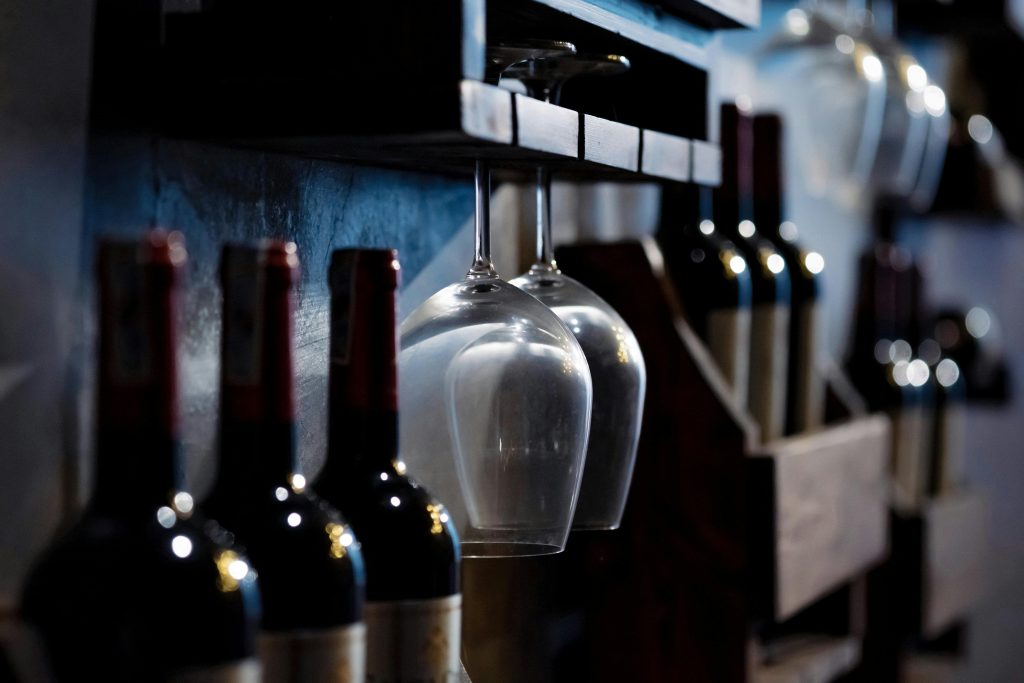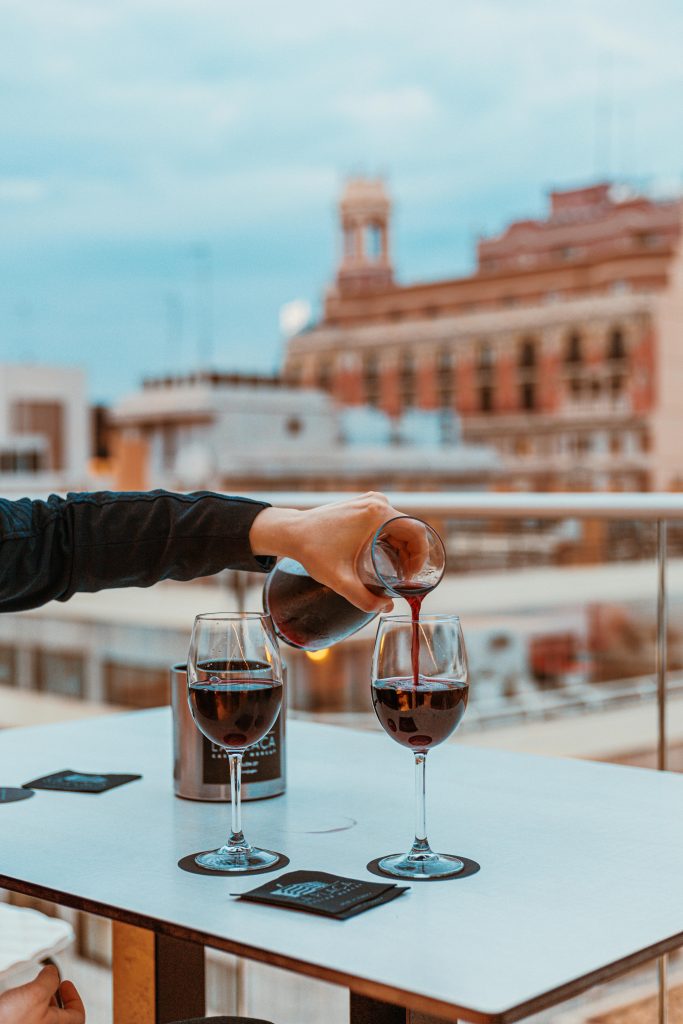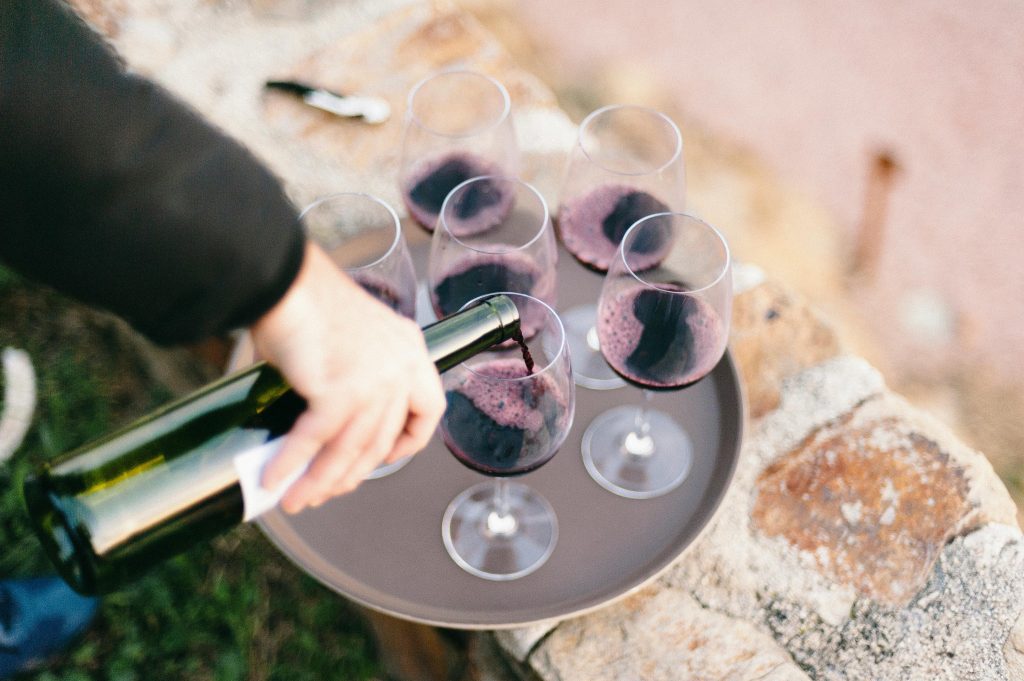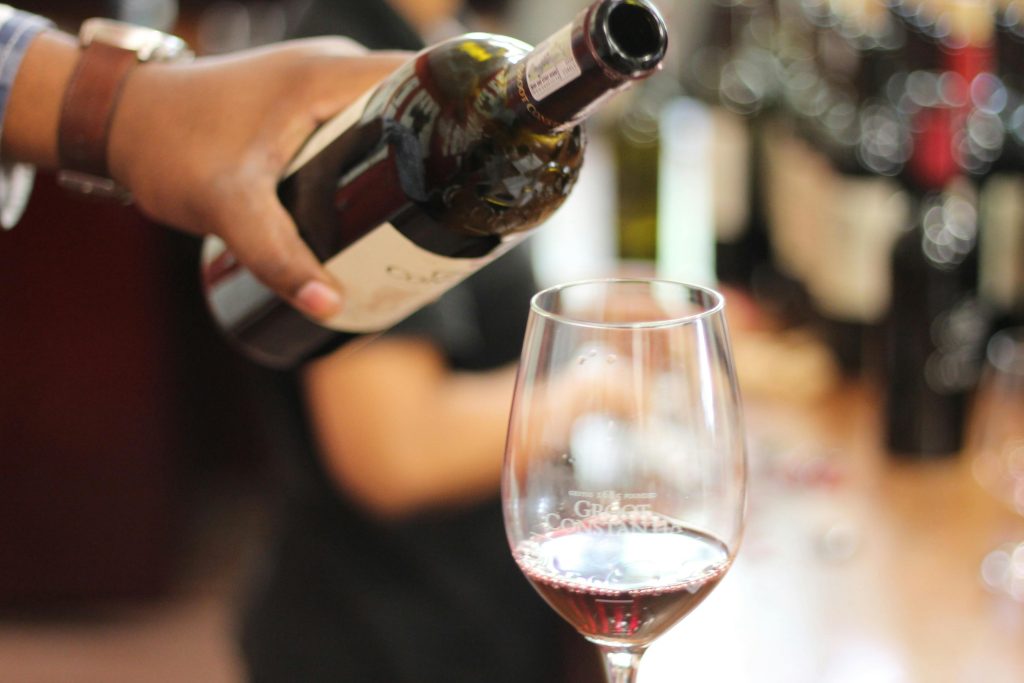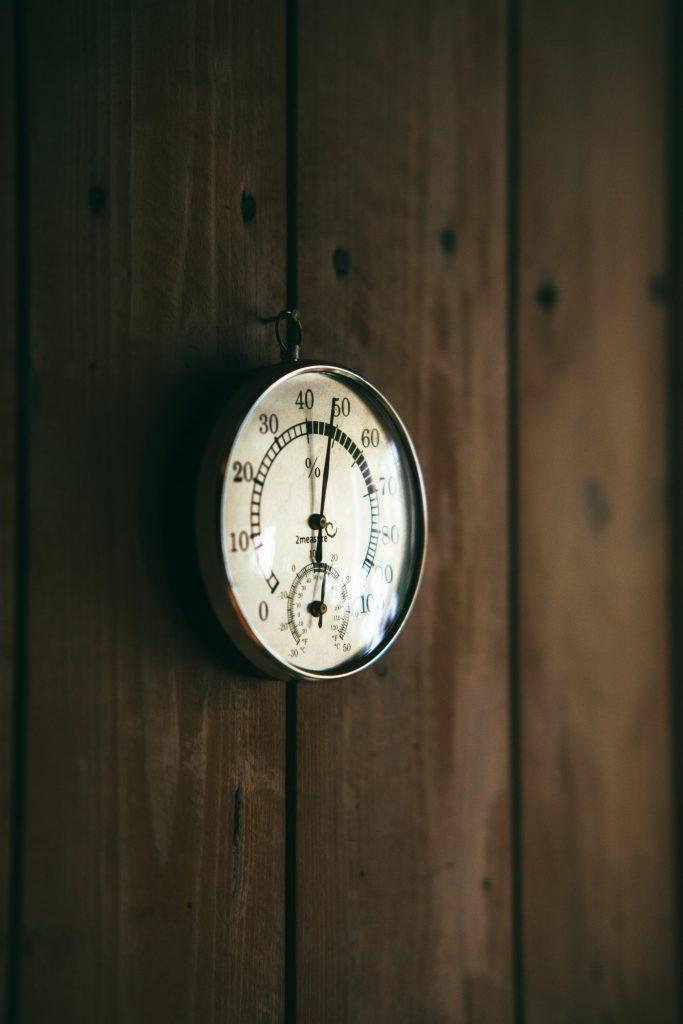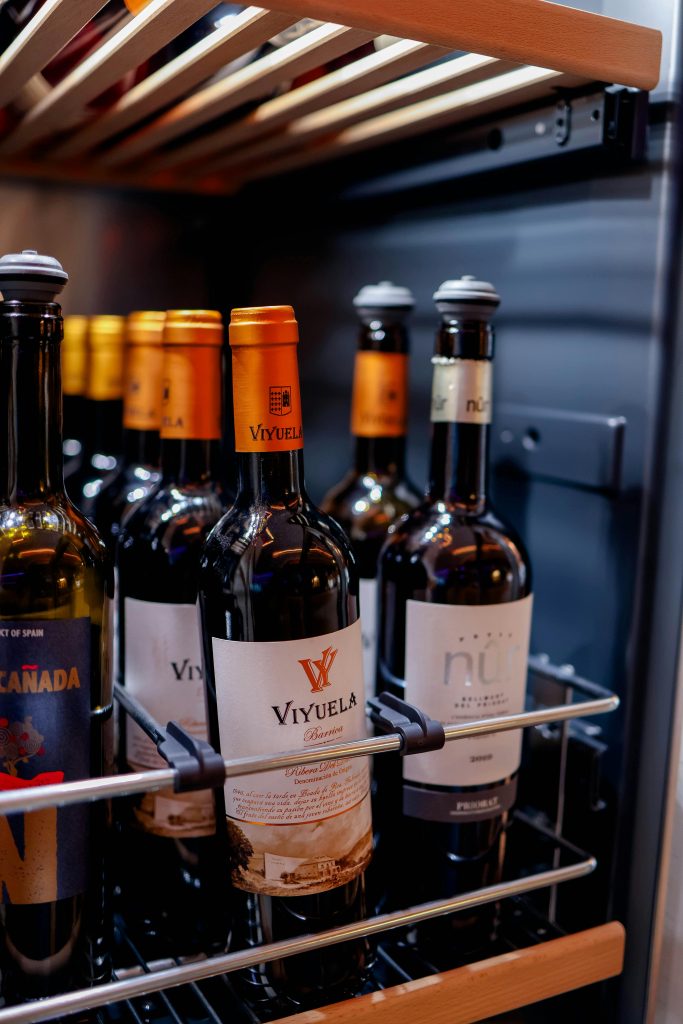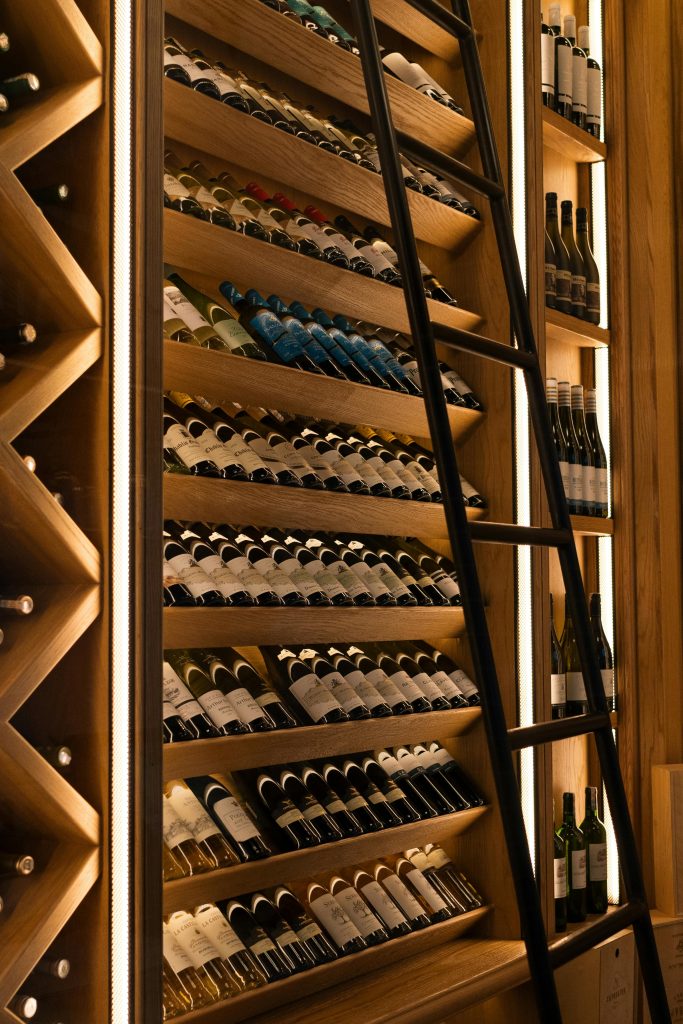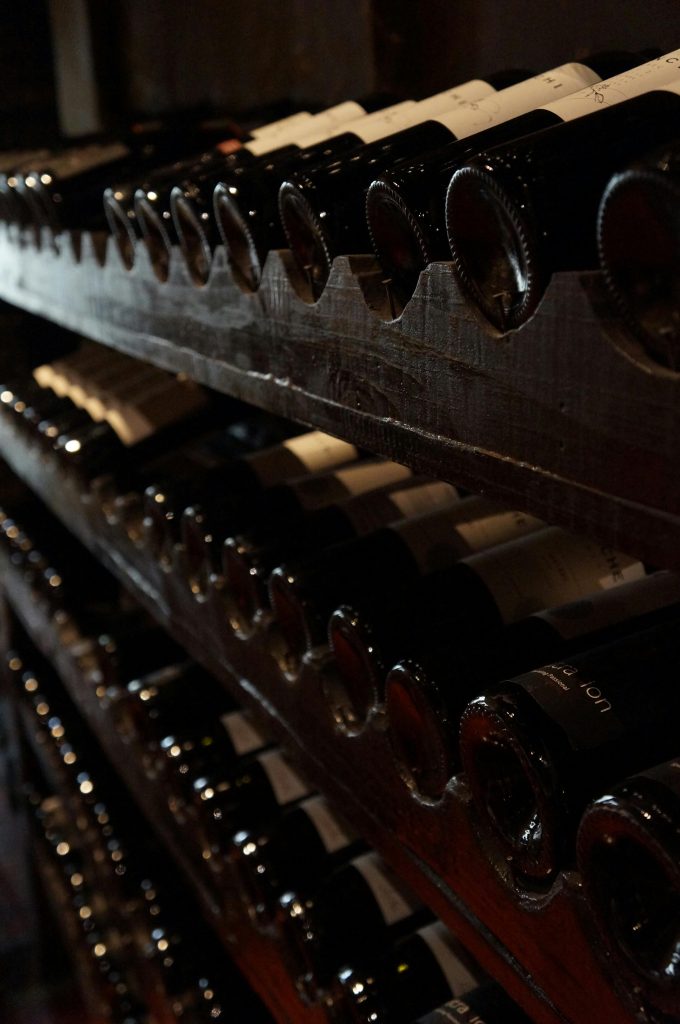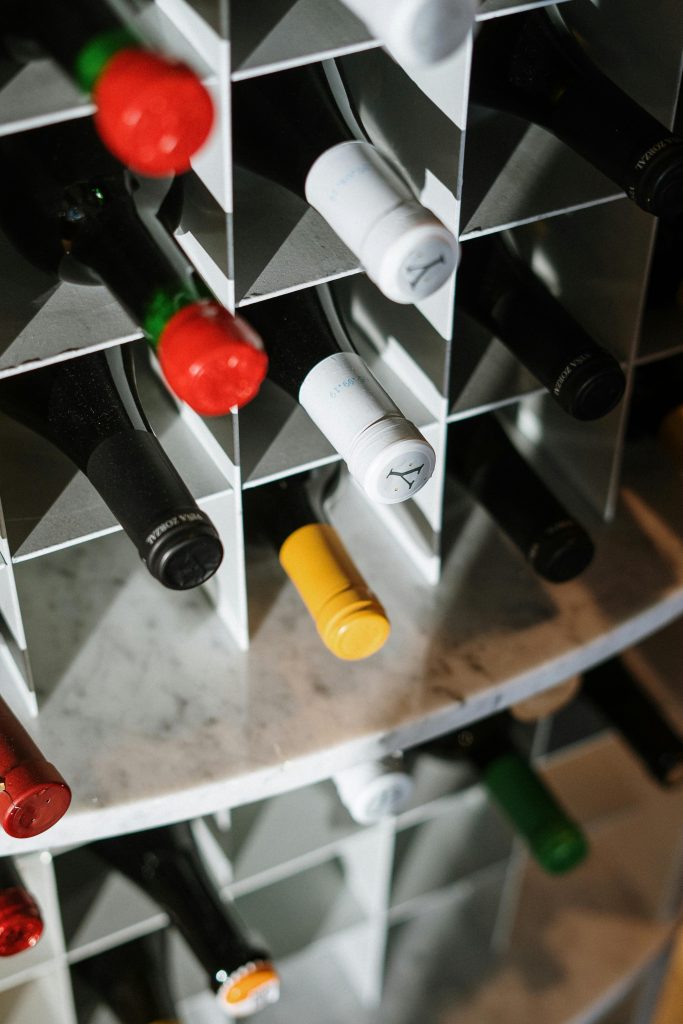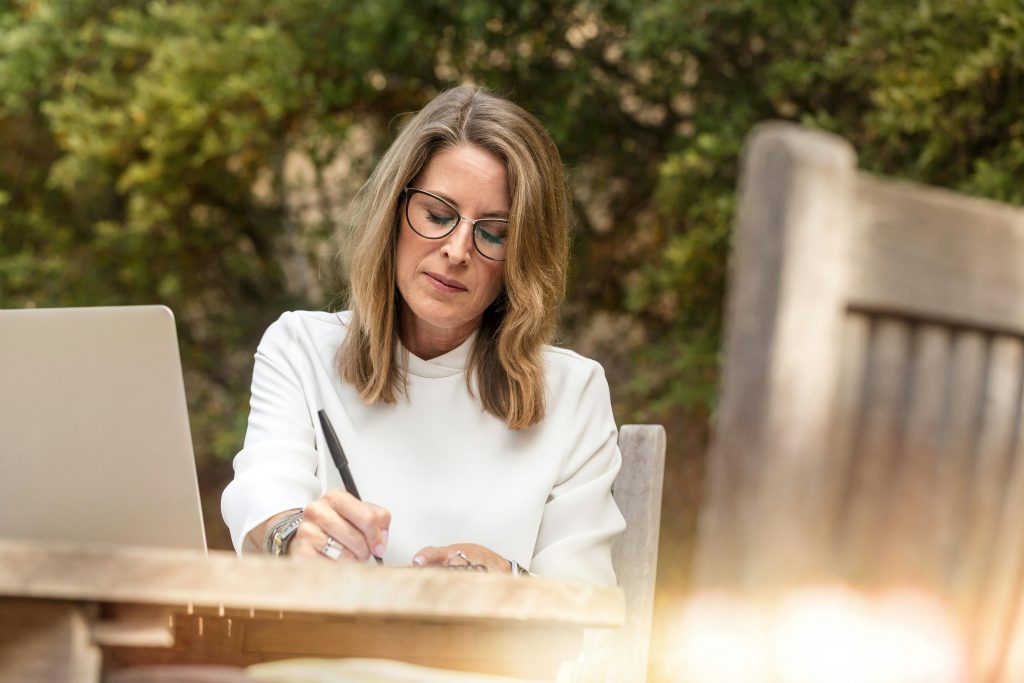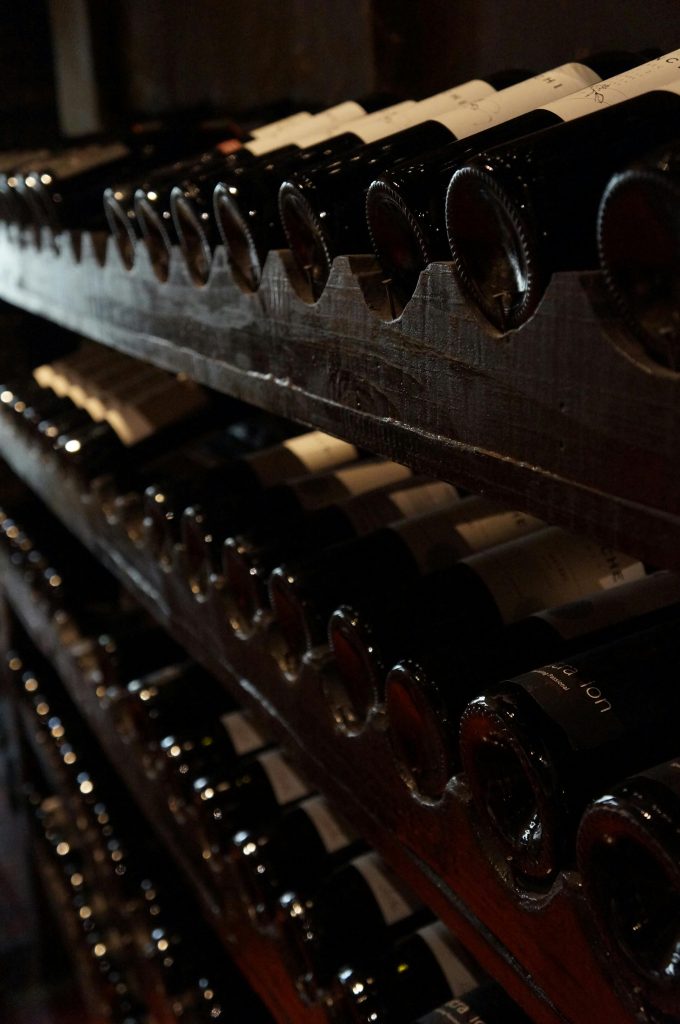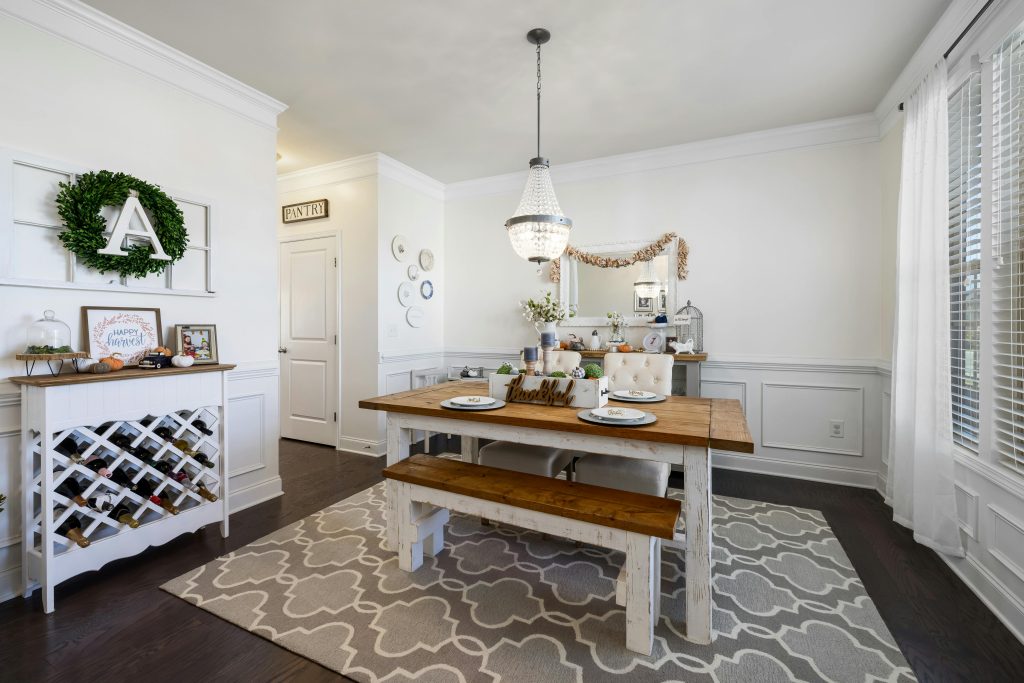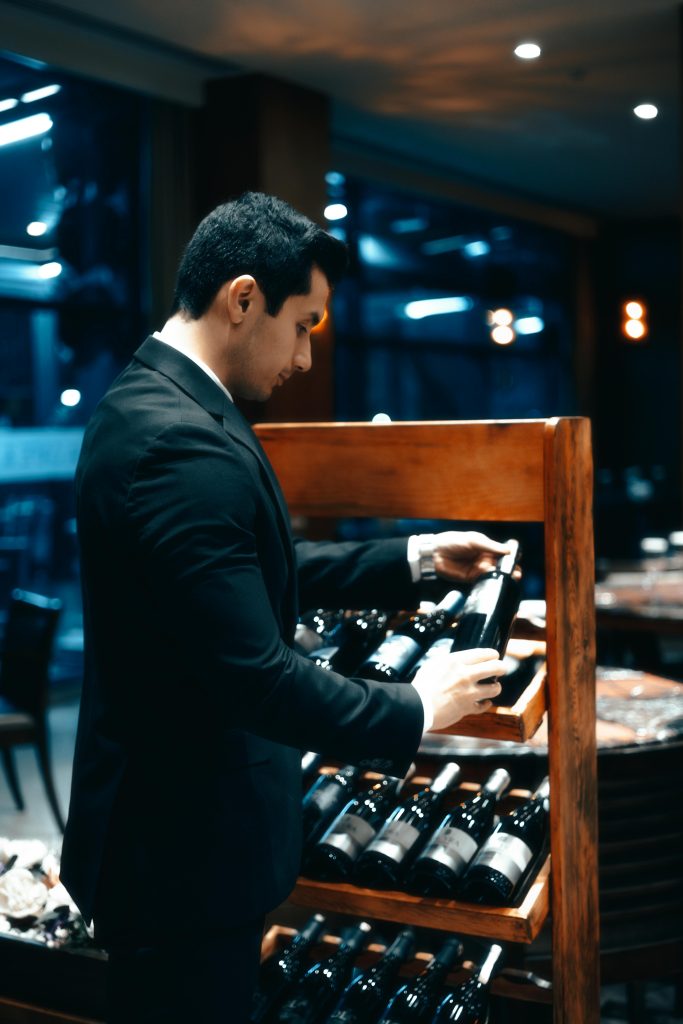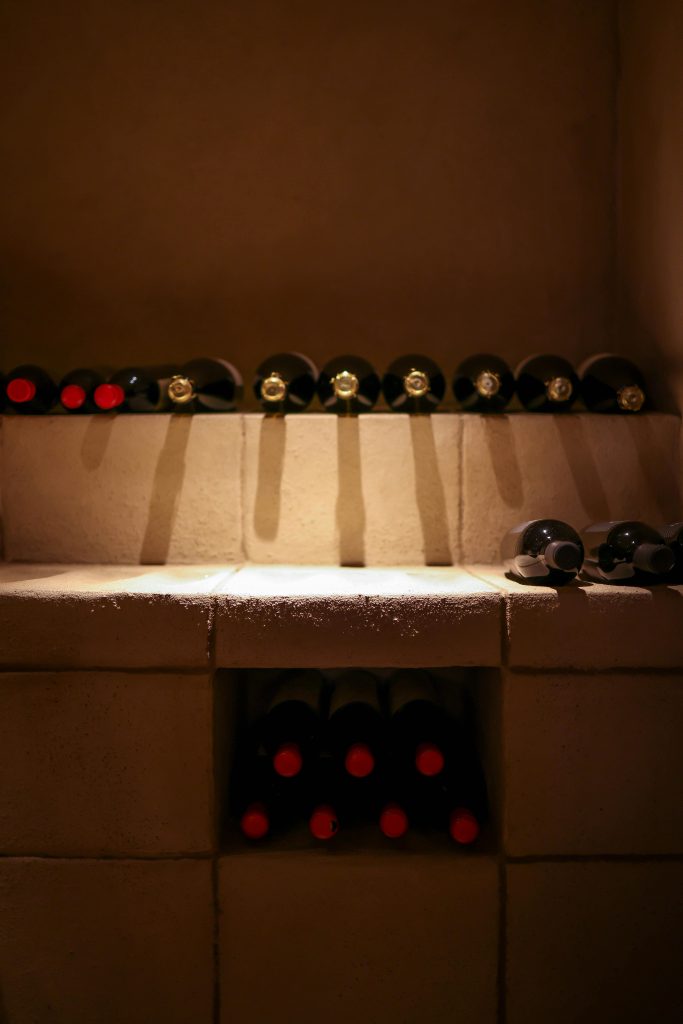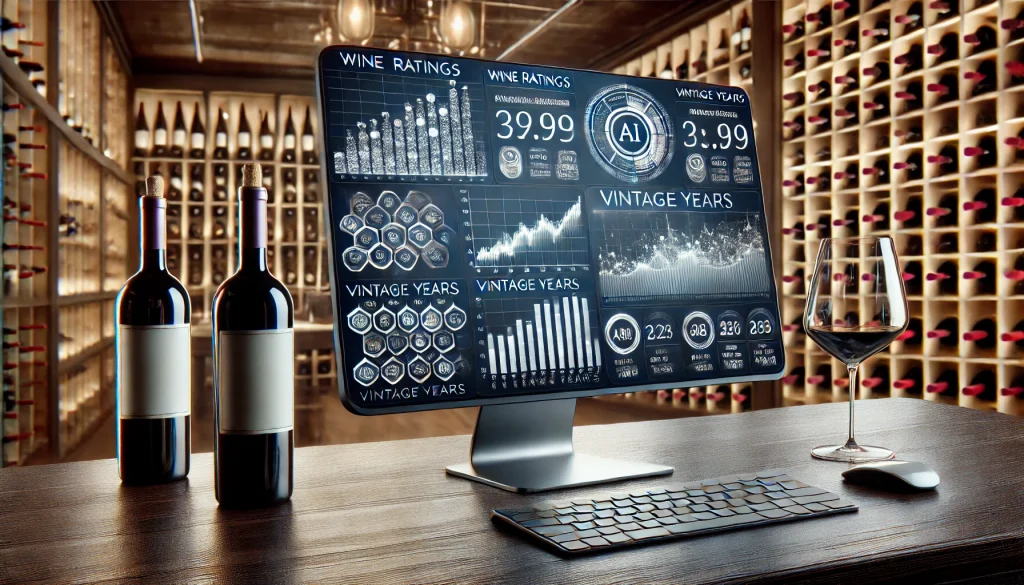How Long Does White Wine Last Unopened? Shelf Life & Storage Tips
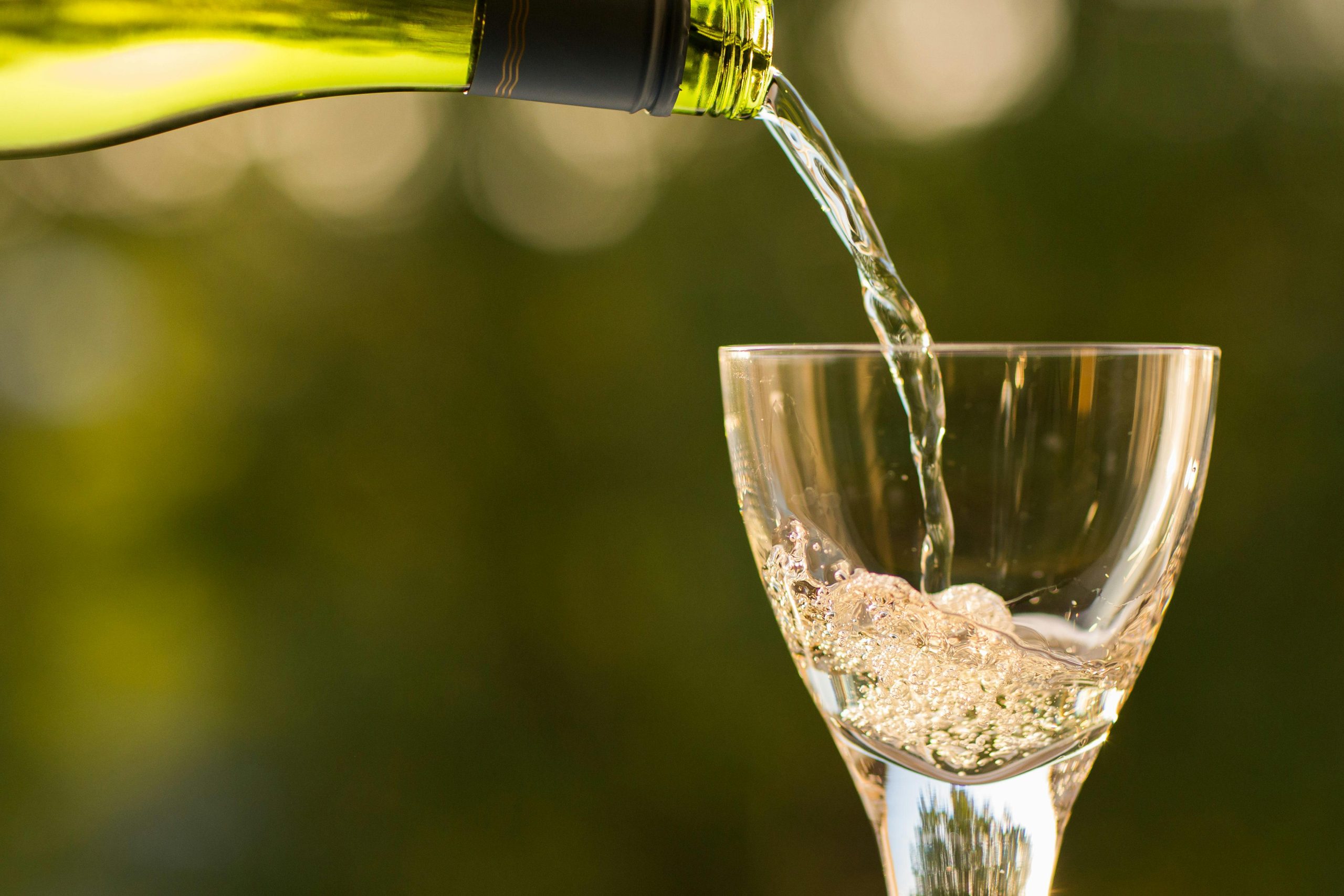
White wine is a staple for casual sippers and connoisseurs alike. But what if you have a bottle sitting in your wine rack for months, or even years? Does white wine go bad if unopened? The answer depends on various factors, including the type of wine, storage conditions, and the quality of the seal.
In this guide, we’ll break down how long different white wines last unopened, how to store them properly, and how to tell if an old bottle is still good.
How Long Does Unopened White Wine Last?
Not all white wines age the same way. Some are designed to be enjoyed fresh, while others improve with time. Here’s a general guideline:
| Type of White Wine | Expected Shelf Life (Unopened) |
|---|---|
| Light, Crisp Whites (e.g., Sauvignon Blanc, Pinot Grigio) | 1-2 years |
| Full-Bodied Whites (e.g., Oaked Chardonnay, Viognier) | 3-5 years |
| Sparkling Whites (e.g., Champagne, Prosecco) | 3-4 years |
| Sweet/Dessert Wines (e.g., Sauternes, Ice Wine) | 10+ years |
The shelf life varies based on how the wine is made. Light, crisp whites tend to lose their freshness quicker than full-bodied or sweet wines, which can develop more complexity with time.
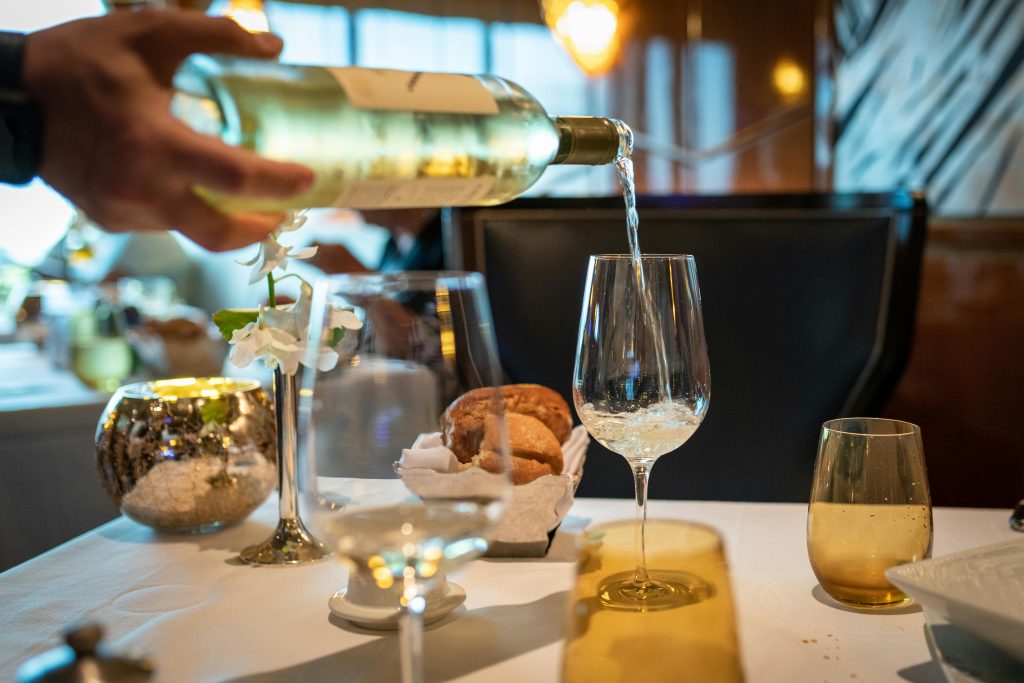
Factors That Affect White Wine’s Shelf Life
Even if a wine is within its typical shelf life, external factors can impact its longevity.
1. Storage Conditions
- Temperature: Keep white wine between 45-55°F (7-13°C). Fluctuations can speed up aging and spoil the wine.
- Light Exposure: UV light degrades wine, so store it in a dark place.
- Humidity: Around 50-70% humidity prevents corks from drying out.
- Bottle Position: Store corked bottles on their side to keep the cork moist and prevent oxidation.
2. The Wine’s Seal
- Cork: Natural corks allow tiny amounts of air inside, which can help or harm aging, depending on the wine.
- Screw Caps & Synthetic Corks: These provide a better seal, reducing oxidation and extending freshness.
3. Wine Type & Winemaking Techniques
- Oaked wines (like Chardonnay) often last longer because of their tannins and structure.
- Sweet wines contain more sugar, which acts as a preservative.
- Sparkling wines can lose carbonation over time if not stored properly.
How to Store Unopened White Wine for Maximum Freshness
Proper storage can help you get the most out of your bottle. Follow these simple steps:
Short-Term Storage (Up to a Year)
- Keep the wine in a cool, dark place.
- Avoid storing it in the kitchen or near windows where temperature fluctuates.
- Lay corked bottles on their side.
Long-Term Storage (Over a Year)
- Invest in a wine fridge if you plan to store multiple bottles.
- Ensure a consistent temperature between 45-55°F (7-13°C).
- Maintain a humidity level of 50-70%.
- Keep bottles away from strong odors that could seep in through the cork.
How to Tell If Unopened White Wine Has Gone Bad
Worried about that old bottle? Here are some signs that it might be past its prime:
✔ Check the Bottle:
- If the cork has pushed out or the seal is damaged, air might have leaked in.
- Leakage or sticky residue around the neck suggests spoilage.
✔ Look at the Wine’s Color:
- A golden or brown tint in a light white wine is a sign of oxidation.
✔ Smell Test (After Opening):
- If it smells like vinegar, wet cardboard, or musty basement, it’s likely bad.
✔ Taste Test (If You’re Brave!):
- A wine that tastes flat, sour, or overly nutty has probably gone off.

Does White Wine Improve With Age?
Unlike red wines, most white wines are meant to be enjoyed young. Some exceptions, like high-end Chardonnay, Riesling, and Sauternes, can age gracefully for years. However, if you have a standard bottle of Pinot Grigio or Sauvignon Blanc, it’s best to drink it within the recommended time frame.
If you’re curious about how long dessert wines like Ice Wine last, check out our detailed guide here: How Long is Ice Wine Good For?.
Final Thoughts: Drink or Ditch?
If you’ve been holding onto an unopened white wine bottle, check the type and storage conditions before deciding whether to drink it. While most white wines are best consumed within a few years, some can last longer under the right conditions.
Key Takeaways:
- Light white wines last 1-2 years, while fuller-bodied or sweet wines last much longer.
- Proper storage (cool, dark, and humid) extends a wine’s shelf life.
- Look for signs of spoilage before opening an old bottle.
When in doubt, open the bottle and give it a try! Worst case, you have a fun experiment—best case, you enjoy a perfectly aged white wine.
